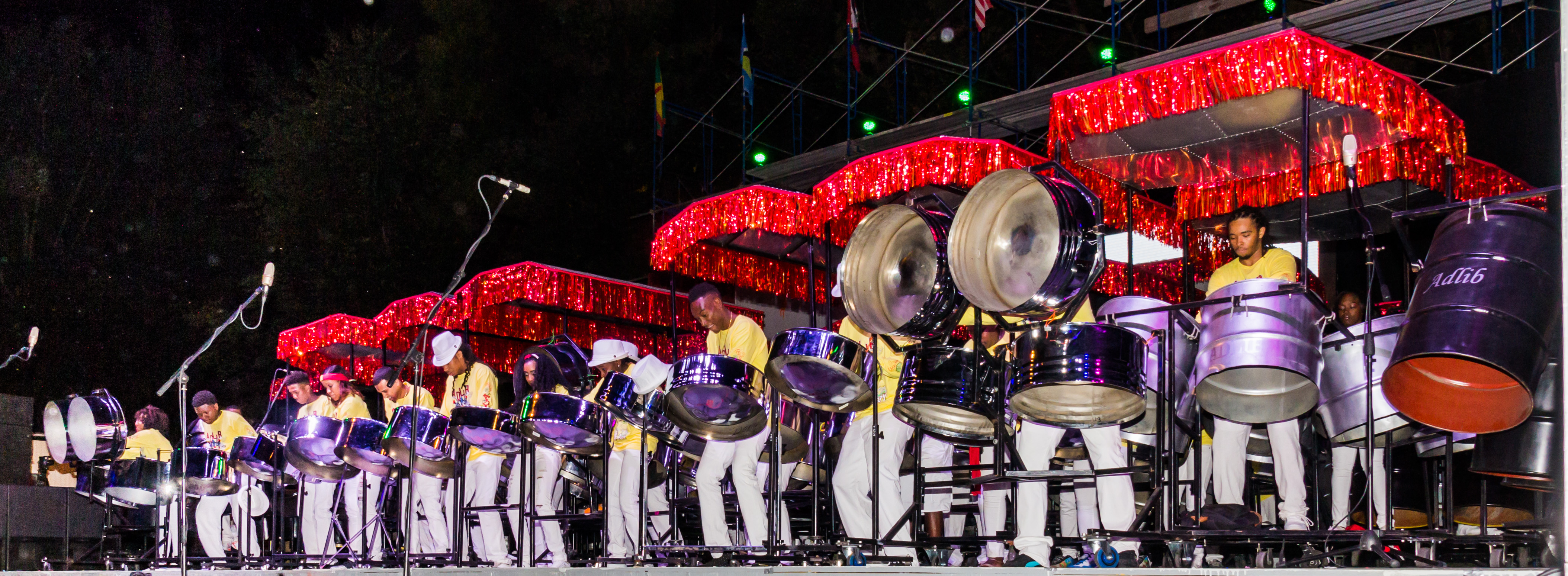Under the proper conditions, an orchestral recording will most closely capture of the actual performance. If the number of instruments is large, it is often the only practical way to capture the entire orchestra. It is the technique least prone to operational errors, and can also be the simplest and quickest to set up and take down. If the acoustics of the performance space are good, the recording will capture the "sound" of the space. If you are making a "live" recording with an audience, but without amplification, you will capture the ambiance and applause of the audience in the recording.
There are a number of different orchestral recording techniques, many dating from the earliest experimentation with stereo in the 1930s, some of more recent origin. All are based on the performance characteristics of the particular microphones employed (especially their directional patterns), and the laws of acoustics and physics. All of these techniques have particular advantages and disadvantages. Some may work better than others in a particular environment and for particular applications. Be aware that all of these techniques involve using specific types of microphones at particular locations, often oriented in particular directions. They all require that the microphones be located some distance from the musicians, in order to pick up a sound field that has been acoustically mixed. To some degree this is analogous to what your ears hear in the vicinity of the microphones.
It is worthwhile at this moment to describe the two methods your ears can distinguish the direction from which a sound comes: Method one is by hearing a sound louder in one ear than the other. The sound is coming from the side of your head where the ear is hearing a louder sound. The greater the difference in volume, the further the sound is originating from the centerline of your head.
Method two is hearing the sound in one ear slightly earlier or later that the other. The sound is coming from the side of your head which hears it first. The greater the time delay, the further the sound is originating from your centerline of your head.
Most people with normal or near normal hearing use both methods simultaneously to localize a sound.
It is worth noting that most close miked music mixed using a "pan pot" to directionalize an instrument left or right is depends completely on method one above. The orchestral miking techniques described on the next two pages may use method one, method two, or both to directionalize what they are capturing.
As I will repeat several times, setting up two nondescript microphones at random locations directly in front of the musicians is not a proper orchestral recording technique and will, in all likelihood, result in a poor recording.
